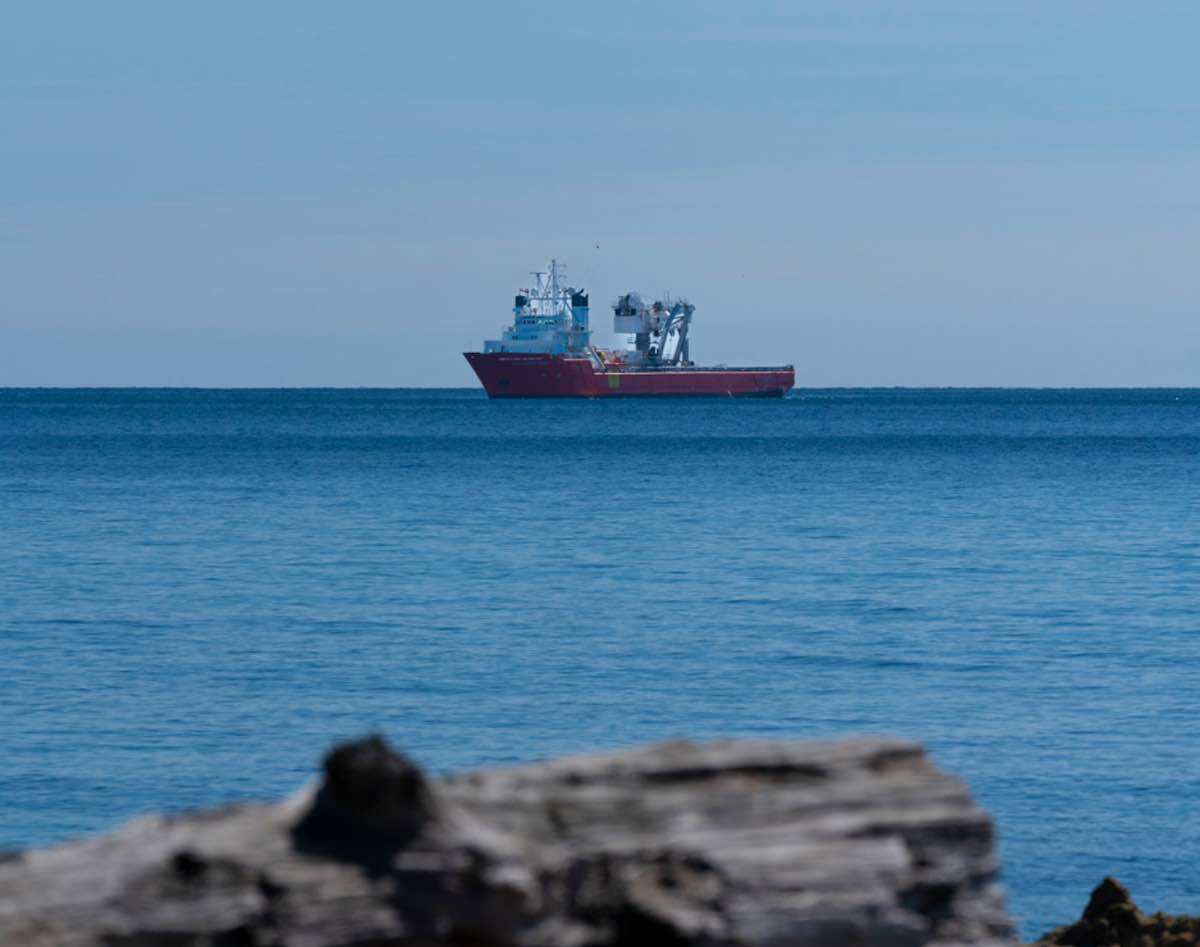Plans to build a new sub-sea electricity transmission link between Tasmania and mainland Australia are all but locked in after a revenue proposal for early works for the controversial project was given the green light by the regulator.
The Australian Energy Regulator on Wednesday published a determination paving the way for Marinus Link to
recover the costs for designing and planning the 750MW undersea cable through to a final investment decision.
The determination approves “prudent and efficient capital expenditure” of $196.5 million and finds the proposed scope of works is consistent with the energy market rule maker’s definition of early works.
The AER says Marinus Link has proposed $128.9 million (nominal) of capex for its early works activities after a deduction of grant funding of $67.6 million. It also notes that the proposal included an independent review in support of the expenditure.
“In assessing the proposal, we reviewed Marinus Link’s initial submission, identified and issued several information requests to better understand the structure and cost of the proposal, met with Marinus Link to discuss the proposal, and took into account stakeholder views.
“On the basis of this review, we consider Marinus Link’s early works expenditure is prudent and efficient,” the AER says.
Marinus Link CEO Caroline Wykamp says the determination shows Marinus Link is not spending more than necessary – a criticism that continues to dog the project – and gives the green light to make it a reality.
The cost of delivering Marinus Link – crucial to the so-called “Battery of the Nation” project – has been a major point of contention, after an effective doubling of the price of the originally proposed dual-cable 1500MW project.
With analysts and green campaigners already questioning the project’s viability – and justifications – the Tasmanian government in July appeared to be losing its nerve, publicly questioning the link’s future over its long-term cost to Tasmanians.
In response, the federal and Tasmanian governments struck a deal in September to effectively cut the capacity of the sub-sea link in half, to just one 750MW cable, and for the federal government to take a bigger stake to reduce the financial burden on Tasmania.
The governments said the scaled down project would now cost between $3 billion and $3.3 billion, potentially more than the $3 billion estimate for the entire project made just two years ago – while still delivering two-thirds of the anticipated benefit.
“Today’s determination shows that Marinus Link is not spending more than what is necessary to plan the project,” Wykamp said in a statement on Wednesday.
“Thanks to grant funding from the Australian and Tasmanian governments, the cost to consumers will be even further reduced.
“Importantly, until Marinus Link is commissioned, costs will not be recovered from consumers.”
The decision from the AER is unlikely to be welcomed by critics of the project, who describe it as a boondoggle, even when cut in half.
Bruce Mountain, director of the Victoria Energy Policy Centre, has argued that Marinus will be a dead-weight, facilitating a trade energy arbitrage in which Tasmania has no competitive advantage while driving up electricity prices through increased transmission charges.
Christine Milne, the former leader of The Greens, and now a spokesperson for the Bob Brown Foundation, is also unconvinced that the downsized project is worth the price tag. “One for the price of two, what a bargain!” she told AAP in September.
Marinus Link will submit a second proposal to the AER early next year for ‘construction costs’. A determination on the proposal is expected in late 2024, marking one of the project’s final milestones before final investment decision.










